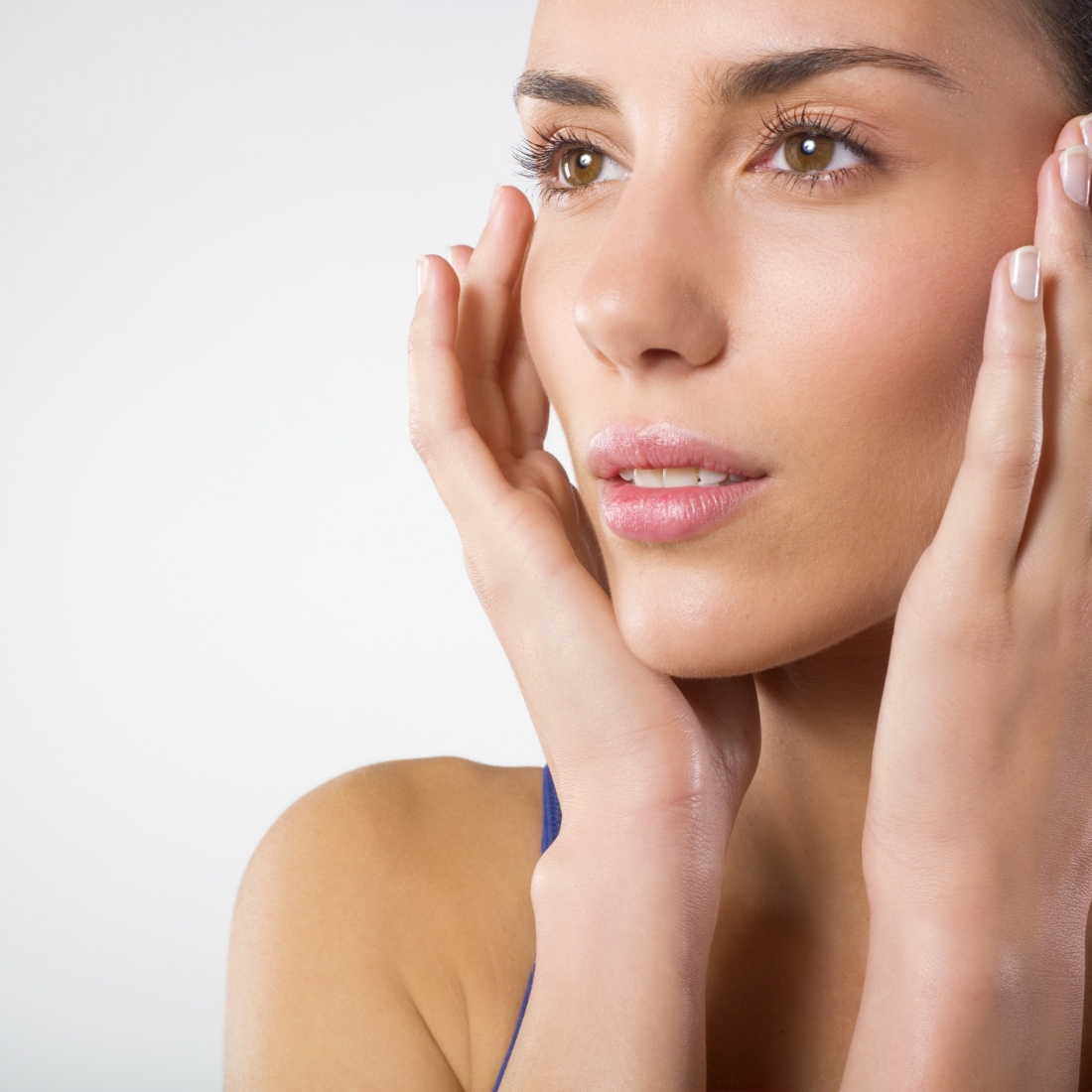Skin Health

The skin is our largest and most visible organ. It is an intrinsic part of our personality. “Being good about yourself” therefore does not only imply the notion of being physically healthy, but also the concept of being in symbiosis with the image that you project, and of which the skin is the most significant component.
The skin is made up of distinct layers whose most significant role is to protect us from intrusions and attacks from the outside world. On the other hand, it also allows the body to retain its precious humidity, i.e., the water that allows our body to function properly.
This “barrier function” of the skin, surprisingly, is played by the outermost layer, called “stratum corneum.” This is made up of dead corneocytes, the ultimate evolution of the keratinocytes that make up our epidermis.
As they die, these corneocytes release complex waxy substances called “ceramides,” which help form the impermeable barrier that prevents the escape of water molecules. The elimination of these dead cells by abrasive cosmetic treatments therefore leads to a loss of this natural barrier and the optimal hydration it preserves.
Age also leads to a gradual decline in the skin’s ability to produce and renew its ceramide content. Plant ceramides, in particular from rice, can contribute to renewing the synthesis capacity of our skin ceramides, and therefore effectively restore the barrier function of the skin.
Discover Myoceram®, a clinically proven oral ingredient for skin hydration.
The deeper layers of the skin serve as nourishing tissue and support for the superficial layers. At the level of the dermis, the fibroblasts are anchored on a network of extracellular proteins mainly made up of collagen and elastin fibers, linked by glycosaminoglycans such as hyaluronic acid. These fibers provide the main mechanical characteristics of the skin such as its elasticity, firmness and texture.
With age, changes occur both in the quantity and quality of the collagen present in the dermis. Thus, collagen fibers thicken and then begin to detach from their bonds with elastin fibers and fibroblasts. Fibroblasts normally need to be attached to these fibers and feel the tension and movement of the skin.
It is in response to this tugging that the fibroblasts produce new collagen fibers. The loss of bonding of collagen fibers with age therefore leaves the fibroblasts less able to produce the collagen allowing the optimal support of the skin. This is how fine lines appear, then wrinkles, which mark the passage of time.
Hydrolyzed marine collagen is an interesting solution in this context. Upon ingestion, these collagen peptides migrate to the skin and act as an alarm signal for fibroblasts. They interpret the presence of fragments as a sign of significant collagen degradation, and therefore start to make them again. Marine collagen can thus help to increase the density of the extracellular protein network, and thus support younger-looking skin.
Discover Cartidyss®, a natural ingredient that significantly improves the density of the dermis (collagen matrix) and significantly reduces wrinkles.
Skin Health Articles
Are you looking for a reliable and rigorous ingredient supplier, able to support you in the development of your product?
Contact us and specify your needs below.
We will respond as soon as possible.